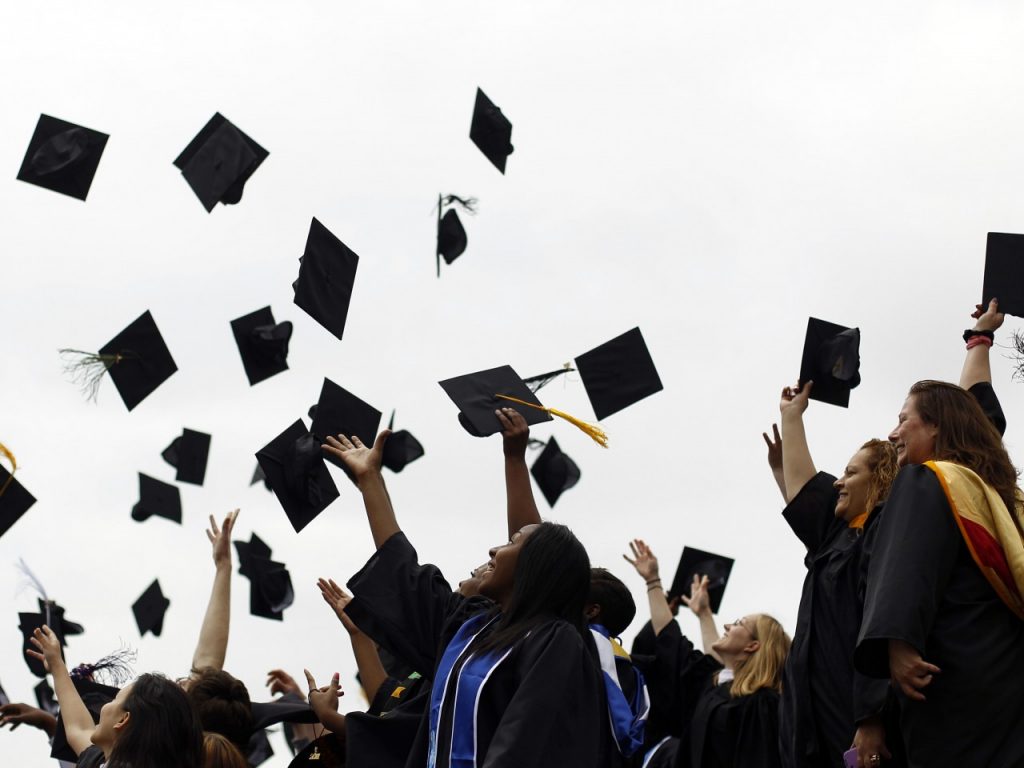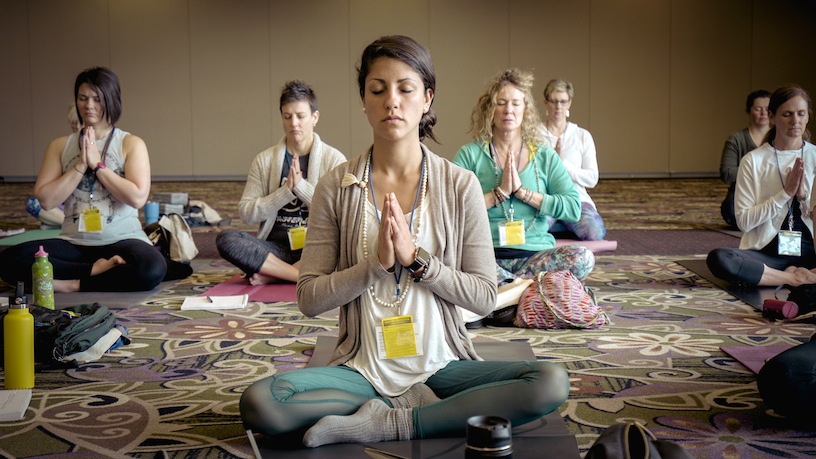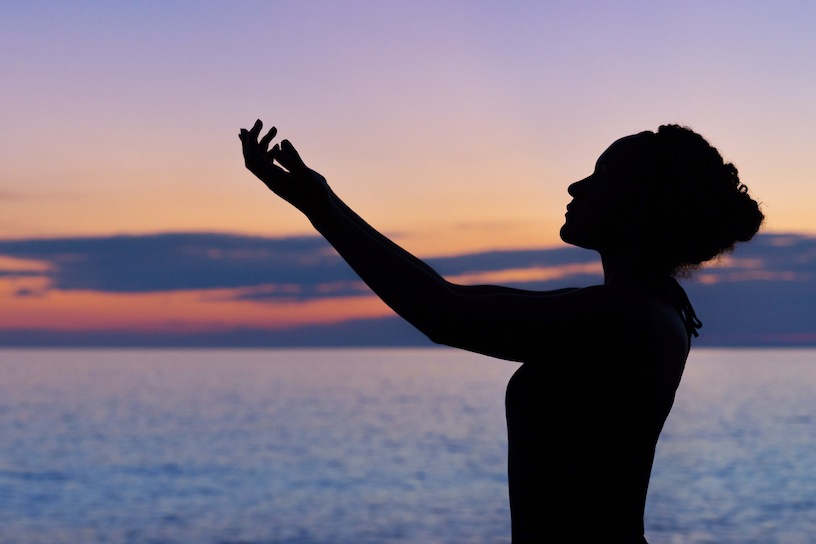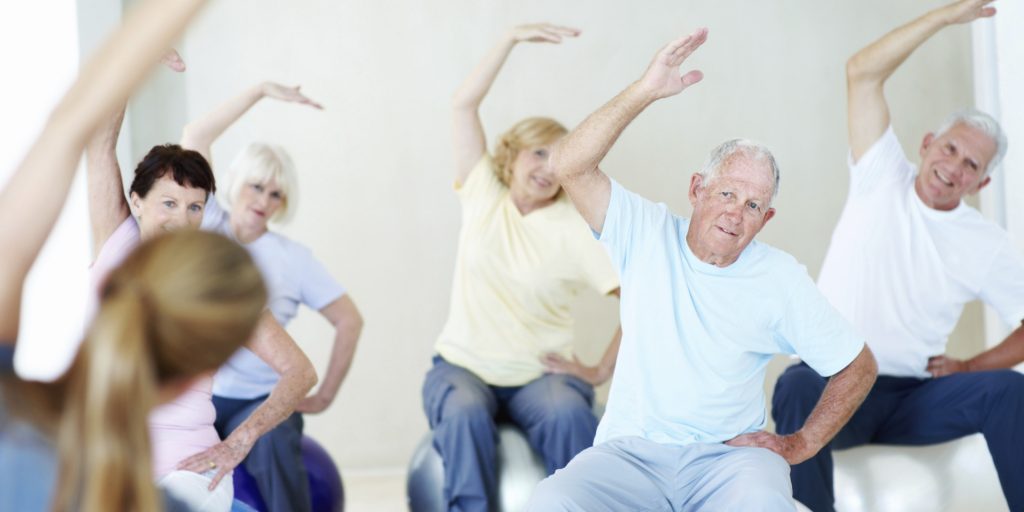 It was while I was standing around nervously waiting for the 2016 CrossFit Games Open 16.1 workout to begin, that a friend mentioned that she had just watched Brene Brown’s TED Talk on vulnerability (The Power of Vulnerability). This gym buddy said growth happens when we make ourselves vulnerable. She also mentioned that she had gone to the bathroom three times since getting to the gym, yeah, we were terrified.
It was while I was standing around nervously waiting for the 2016 CrossFit Games Open 16.1 workout to begin, that a friend mentioned that she had just watched Brene Brown’s TED Talk on vulnerability (The Power of Vulnerability). This gym buddy said growth happens when we make ourselves vulnerable. She also mentioned that she had gone to the bathroom three times since getting to the gym, yeah, we were terrified.
I put myself out there entering in 2016 and it was the most gruelling test of fitness and mental toughness I had ever experienced. There was a moment during one workout that I actually thought, “I wish I was just running 50 kilometres right now. That looks pretty good.”
But the next year I entered again. And I did even better. I have entered races – road, trail, 5 kilometres to ultra marathons – that continue to question, “where’s my limit.” And you know what? I continue to feel fear and, I grow.
I agree to teach classes that push me in a new direction (say yes and figure it out later) and continually take new courses/certifications. I’m so out of my comfort zone all the time, I don’t know what my comfort zone is.
Naturally I had to watch this TED Talk as soon as I could, out of curiousity and to justify why the heck I was putting myself through this.
I’m paraphrasing and taking liberties with some of Berne’s points:
Have the courage to be imperfect. Where are you holding back out of fear that you or what you create won’t be perfect? We strive for perfect – but it doesn’t work. We are imperfect and wired for struggle.
Fully embrace vulnerability. It’s not comfortable or excruciating but it’s necessary and it makes you beautiful.
Be willing to do something where there are no guarantees. There is no control or prediction of the outcome. But life would be boring if we always knew exactly what was going to happen. Has your life up to this point turned out exactly as you envisioned? The spouse, the career, the kids, etc?
Vulnerability is at the core of shame and fear and struggle for worthiness, but it appears that it’s also the birthplace of joy, creativity and of belonging.
Tenderness and vulnerability are important. Surrender and walk into it. I’ve had two major moments in a class where I felt especially vulnerable, revealing personal things that had incredible and unexpected results. Once as a student in a workshop, and another time as the teacher. The relationships grew out of these admissions and it allowed others to open up their own vulnerabilities.
We live in a vulnerable world. When we try to numb the feelings around vulnerability, we also numb joy, gratitude and happiness. To practice gratitude and joy in those moments of terror, instead of catastrophizing what might happen; to feel this vulnerable means “I’m alive”.
Work from a place that says, “I’m enough.” When we’re kinder and gentler to people around us, we’re kinder and gentler to ourselves.
Where are you holding back out of fear? What’s the thing you’ve been thinking about doing but don’t think you can? I challenge and encourage you right now to say, “damn it I’m going to do it.” Manifest a bigger, brighter future! Be vulnerable!









